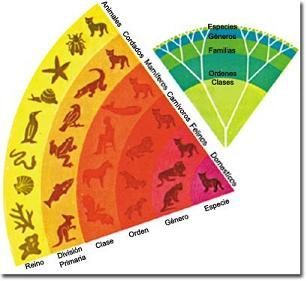 Some accounts of the arrival of Christopher Columbus in America speak of "the three caravels", although there are doubts that the three ships corresponded to this type, speaking of at least one ship. But what and what were the caravels like?
Some accounts of the arrival of Christopher Columbus in America speak of "the three caravels", although there are doubts that the three ships corresponded to this type, speaking of at least one ship. But what and what were the caravels like?
A caravel is a ship developed for ocean voyages in Portugal, and it was widely used by this country and by Castile between the fourteenth and seventeenth centuries.
Its shape is wide and short, with a length that barely exceeded 25-30 meters and the beam could reach 10. It was also a very tall ship, which gave it enough draft to overcome the dangerous Atlantic waters.
These presented challenges that the calmer Mediterranean waters did not have. That is why the galley, a flatter, slimmer, elongated ship, triumphed in Mediterranean waters, and would have been impossible to handle in waters of the central Atlantic.
These characteristics allowed the caravel to carry a large amount of cargo on board.
Thanks to this, they were ideal for long-distance trips, such as the one that led Christopher Columbus to the discovery, since he did not know how long it would last (conspiracy theories that indicate otherwise are admitted here).
The caravel had one or two castles, aft or fore and aft, depending on the case.
With such a great height, these were well above the water, which allowed them to protect the crew and the food transported from the great Atlantic waves.
They had two or, more often, three masts, from which hung lateen and, later, square sails.
The caravel evolved, combining both types of sails and thanks to the fact that the builders were learning from the trips to the American continent.
Oars were also included, although these were used on rare occasions, especially when the caravel had to approach land to disembark.
With the passage of time and the experience gained in transoceanic voyages, the caravel was surpassed by other types of ships.
Especially in the case of the galleon, a much larger ship, which could carry much more crew and cargo, and which was better prepared to face ocean dangers.
The caravel was contemporary with other ship formats, such as naos and ratchets, which surely surpassed it in some parameters but, in the end, each type of ship served a specific purpose, and the caravel became the workhorse of the initial stages of the discovery and conquest of American lands by the Iberian kingdoms.
Photo: Fotolia - Michael Rosskothen









